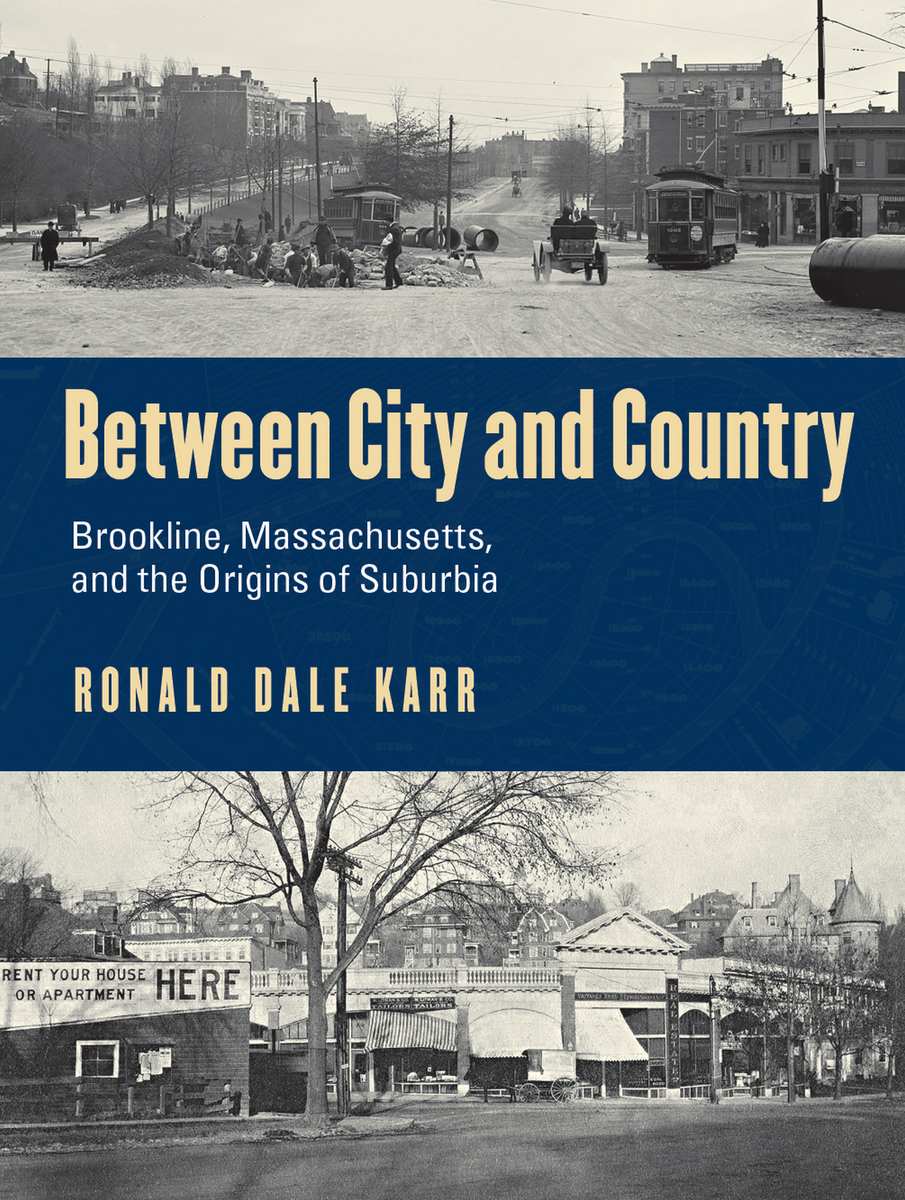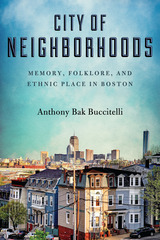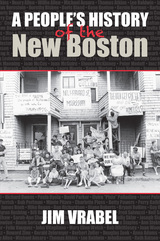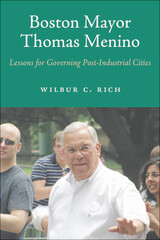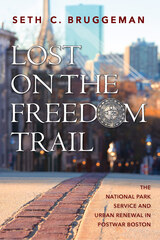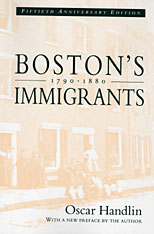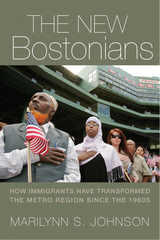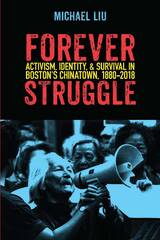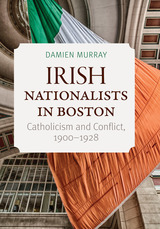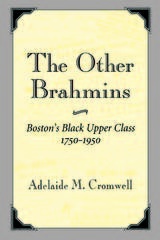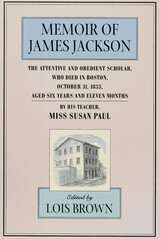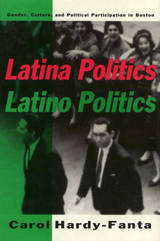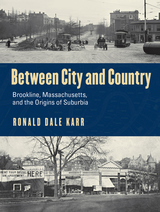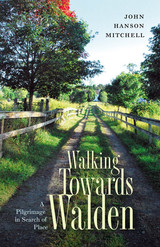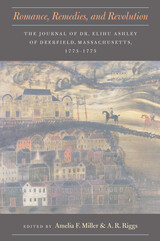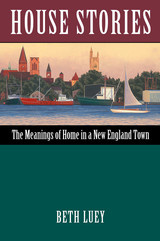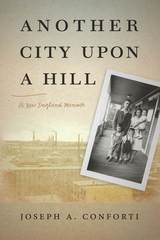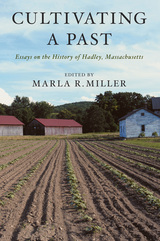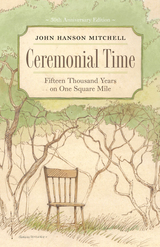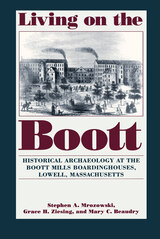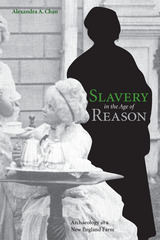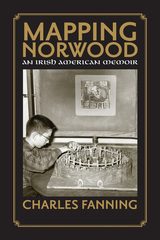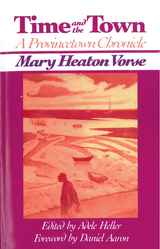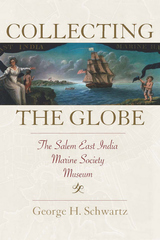Between City and Country: Brookline, Massachusetts, and the Origins of Suburbia
University of Massachusetts Press, 2018
Paper: 978-1-62534-304-8 | eISBN: 978-1-61376-563-0
Library of Congress Classification F74.B9K37 2018
Dewey Decimal Classification 974.47
Paper: 978-1-62534-304-8 | eISBN: 978-1-61376-563-0
Library of Congress Classification F74.B9K37 2018
Dewey Decimal Classification 974.47
ABOUT THIS BOOK | AUTHOR BIOGRAPHY | REVIEWS | TOC
ABOUT THIS BOOK
Since 1945, American popular culture has portrayed suburbia as a place with a culture, politics, and economy distinct from cities, towns, and rural areas. In Between City and Country, Ronald Dale Karr examines the evolution of Brookline, Boston's most renowned nineteenth-century suburb, arguing that a distinctively suburban way of life appeared here long before World War II.
Already a fashionable retreat for wealthy Bostonians, Brookline began to suburbanize in the 1840s with the arrival of hundreds of commuter families—and significant numbers of Irish Catholic immigrants drawn by opportunities to work as laborers and servants. In Brookline the poor were segregated but not excluded altogether, as they would be from twentieth-century elite suburbs. A half century later, a distinct suburban way of life developed that combined rural activities with urban pastimes, and a political consensus emerged that sought efficient government and large expenditures on education and public works. Brookline had created the template for the concept of suburbia, not just in wealthy communities but in the less affluent communities of postwar America.
Already a fashionable retreat for wealthy Bostonians, Brookline began to suburbanize in the 1840s with the arrival of hundreds of commuter families—and significant numbers of Irish Catholic immigrants drawn by opportunities to work as laborers and servants. In Brookline the poor were segregated but not excluded altogether, as they would be from twentieth-century elite suburbs. A half century later, a distinct suburban way of life developed that combined rural activities with urban pastimes, and a political consensus emerged that sought efficient government and large expenditures on education and public works. Brookline had created the template for the concept of suburbia, not just in wealthy communities but in the less affluent communities of postwar America.
See other books on: Country | Origins | Suburban life | Suburbs | Urban-rural migration
See other titles from University of Massachusetts Press
